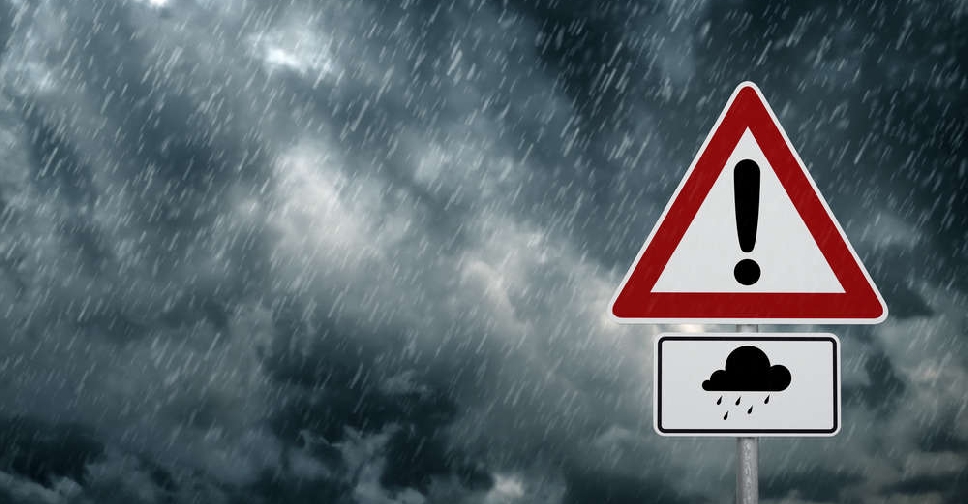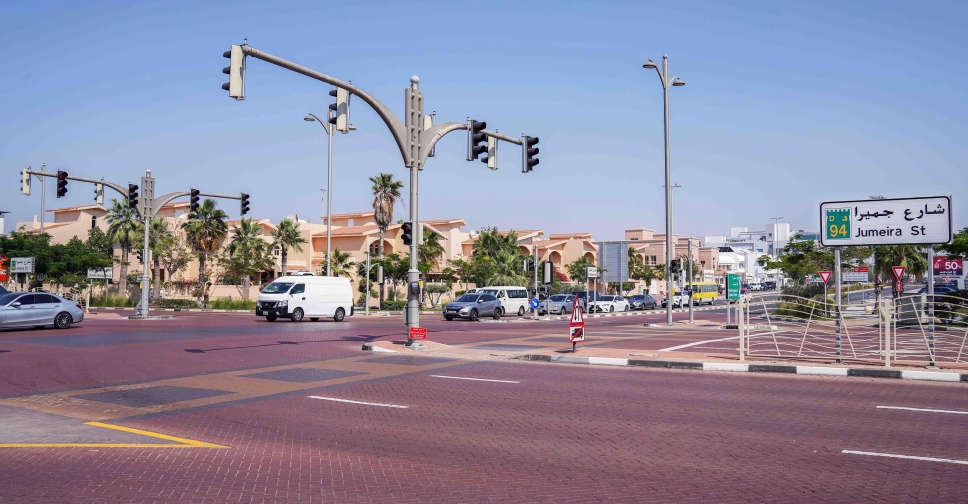
From cartographers on foot to gathering data from vehicles equipped with sensors, a Japanese company that started out making guides listing public hot spring baths is taking a leap into the world of autonomous driving. Zenrin Co., Japan’s biggest mapmaker which counts Google Inc. and Toyota Motor Corp. among its clients, intends to build on its knowledge of Japan’s topography, which it has been honing for its seven decades in operation. To keep its edge and stave off competition, the company is working on a system to translate data gathered from vehicles mounted with cameras and other equipment in real time. Such capability is essential in developing maps for driverless cars that Japanese automakers including Nissan Motor Co. and Toyota Motor Corp. aim to introduce after 2020. Zenrin joins Google, Mobileye NV and Germany’s HERE - which was purchased from Nokia Oyj by Audi AG, BMW AG and Daimler AG - in a race to develop systems that provide precise, contextual guidance for self-driving vehicles. Mapping technology is one of the biggest technical hurdles facing autonomous cars, according to Carlos Ghosn, chief executive officer of Nissan and Renault SA. Unlike traditional maps used in current car navigation, which rely on a pre-installed database, maps for autonomous driving need real-time updates including of traffic conditions and precise road information such as closures and new signs. “There’s a huge gap between making current navigation maps and maps for autonomous driving,” said Zenrin President Zenshi Takayama at the company’s headquarters in Tokyo. “It’s like comparing climbing Mount Fuji to climbing Mount Everest.” Such efforts are being stepped up as automakers across the world work on the technology to make self-driving cars a reality. As many as 12 million autonomous cars are forecast to be sold globally in 2035, accounting for about 10 percent of total car sales, according to IHS Automotive. Zenrin, which is 7.5 percent owned by Toyota, is counting on this new push to be a growth driver as competition erodes revenue from its key businesses such as smartphone map services and car navigation maps. Zenrin posted two consecutive financial-year periods of sales and operating profit declines through March 2015. Its shares have fallen 20 percent this year, compared with a 12 percent decline in the benchmark Topix index. Advanced Technologies “No matter how complete your current map database is, you can’t put everything in there, and real-time deep learning capabilities are essential for autonomous driving,” said Zhou Lei, a Tokyo-based partner at Deloitte Tohmatsu Consulting. “In order to compete with rising rivals, especially new entrants like Mobileye, Zenrin also needs advanced computer science technologies.” Zenrinintends to develop a system to make three-dimensional maps automatically from the data sets generated from vehicles mounted with various sensing equipment. The aim is a system that will be updated with fresh information, according to Tomoki Yamaguchi, a spokesman at the mapmaker. Zenrin, which is using data collected by equipment from other companies, didn’t give further details of how it plans to gather real-time information. “If we just use a monitor car, we will only be able to get the same information as everyone else - we don’t have any advantage,” said Takayama. “You still need the knowhow to turn the data into maps.” Hot Springs Zenrin started making tourist guide maps in west Japan’s renowned onsen, or hot springs, town of Beppu in 1948. Over the years, Zenrin moved from making meticulous print maps to digital systems used in car navigation, for which Zenrin has the largest market share in Japan. It has about 1,000 field surveyors, such as Fumiaki Kohguchi. On a January afternoon, Kohguchi walked through the streets and alleys of Tokyo’s Bunkyo district noting changes such as new tenants or parking lots. He’s aware of the contribution his work could make to autonomous driving. “When you use a car navigation system, the liability is still on the driver,” said Kohguchi. “But for autonomous-driving cars, the liability could be on the maps.” In January, Mobileye, the maker of software for driverless cars that went public in a $1 billion offering in 2014, unveiled partnerships with General Motors Co. and Volkswagen AG to develop new mapping technology that gathers crowd-sourced real-time data from cars made by the automakers. The German carmakers’ digital mapping unit, HERE, makes maps accurate to within as few as 10 centimeters (4 inches), a level of detail necessary for auto-guidance. While companies like HERE have a strong presence in the West, it’s not the case in Japan and China, according to Matteo Fini, an auto-components analyst for IHS Automotive. “You can see clearly that carmakers need to have some strong local partners in order to make sure they have global coverage,” he said. “The local mapmakers like Zenrin can also be very valuable assets” for automakers. Zenrin, which aims to be able to sell maps enabling autonomous driving by 2020, said it will set up a separate division in April to directly report to the president to further strengthen its efforts in the area. The race to develop maps for self-driving cars will intensify as more companies jump in, according to Deloitte’s Zhou. “An autonomous-driving vehicle without good maps is like a human being with a missing part in his brain - it’s not going to work,” said Zhou. “You need to give the car all the necessary information for it to drive autonomously, and the map is an essential part.” (By Ma Jie and Masatsugu Horie/Bloomberg)
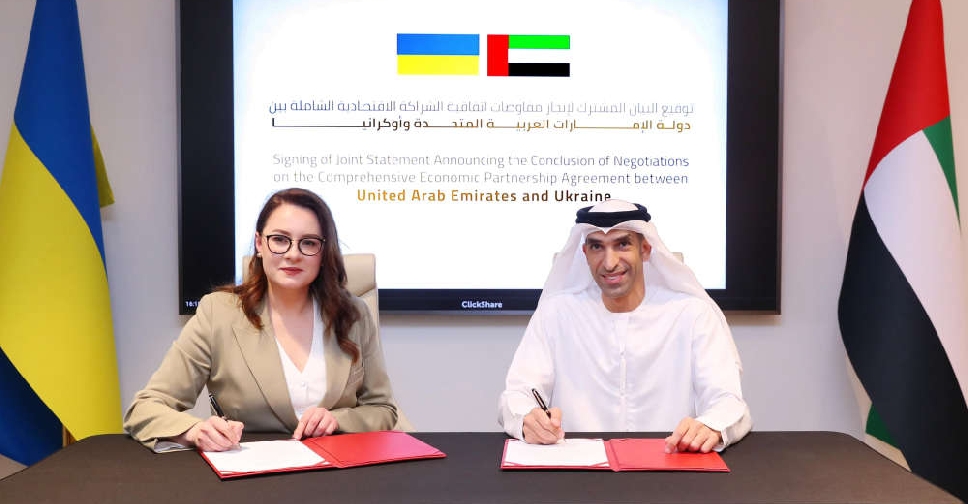 UAE, Ukraine conclude terms of trade pact
UAE, Ukraine conclude terms of trade pact
 Elon Musk visits China as Tesla seeks self-driving technology rollout
Elon Musk visits China as Tesla seeks self-driving technology rollout
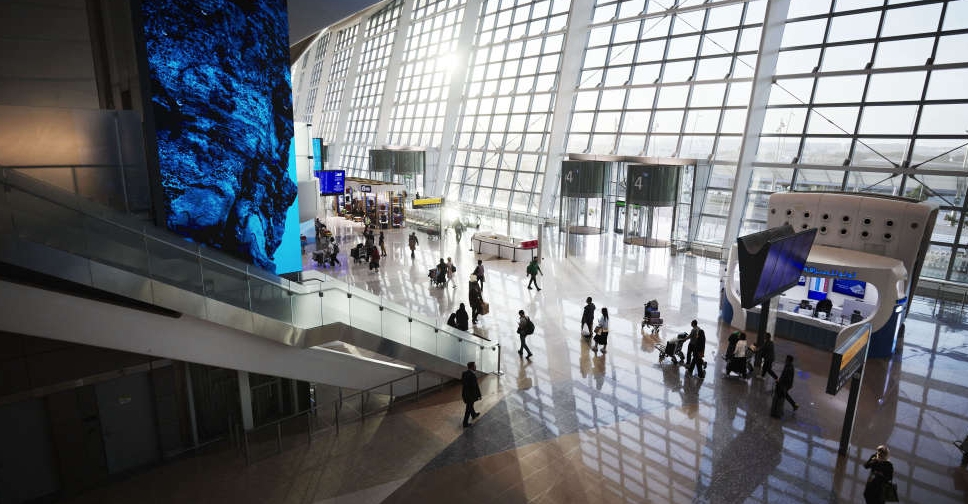 Abu Dhabi Airports welcomes 6.9 million passengers in three months
Abu Dhabi Airports welcomes 6.9 million passengers in three months
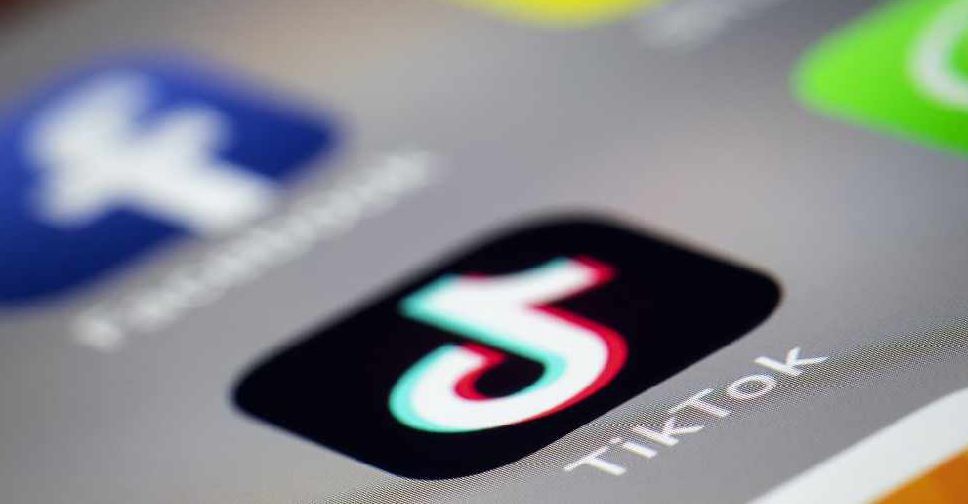 ByteDance denies media report of plan to sell TikTok
ByteDance denies media report of plan to sell TikTok
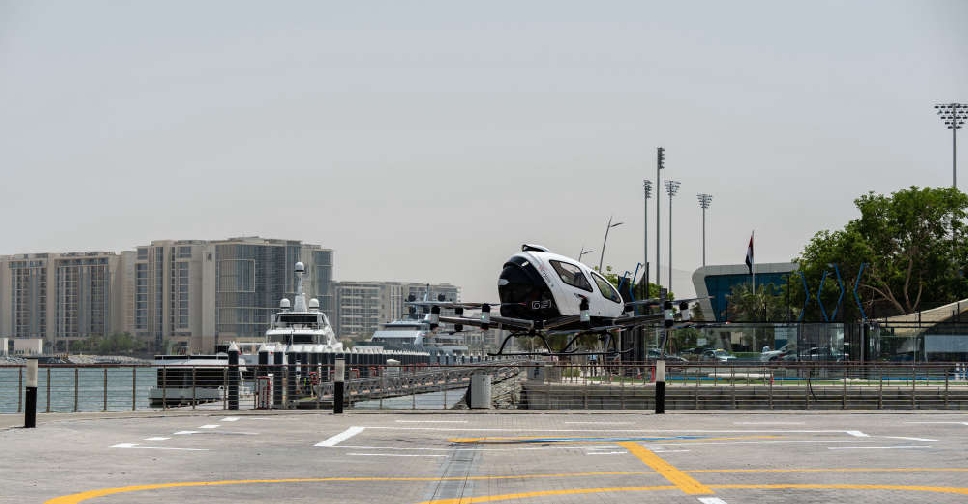 Photos: UAE’s first operational vertiport unveiled in Abu Dhabi
Photos: UAE’s first operational vertiport unveiled in Abu Dhabi

